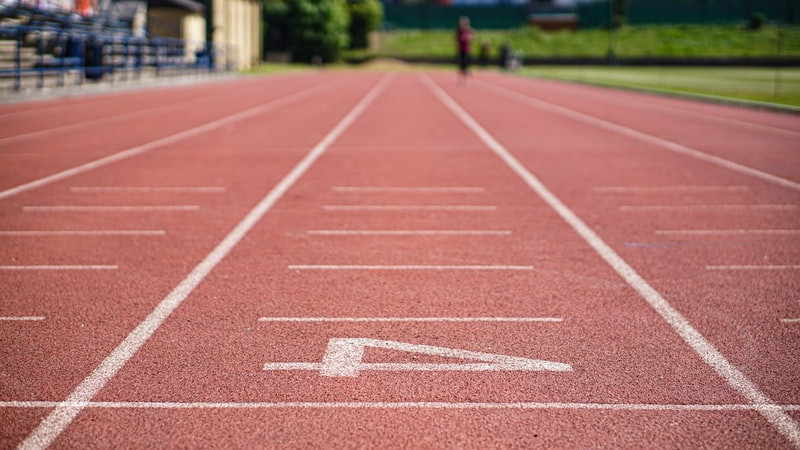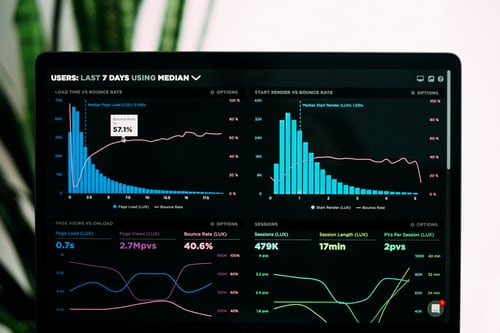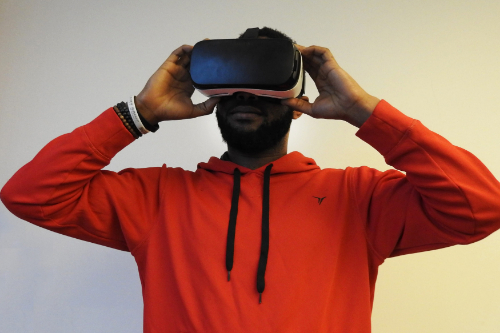How technology can help sports people improve their game

Over the years, technology has become smarter, resilient and less burdensome. It offers a new era of opportunities and helps people improve in every aspect of their lives.
New technologies are paving the way in athletics and making tasks quicker, simpler and more efficient. Coaches have different tools to collect data – such as integrated gyroscopes and accelerometers to accurately pinpoint motion and convey real-time information. These advances not only make the impossible possible, they also substantially increase an athlete’s potential.
So, how can advances in technology help sports people improve their game?
Data analytics
 Today, the question of whether an athlete is improving or not is based on data. With the help of technology, tracking and monitoring have become easier than ever. Coaches constantly measure the performance of their athletes and keep a close eye, in real-time, on how they are progressing. Even the most marginal gain in performance can be noted. Through sensors and wearable tech, hundreds of different data points can be analysed and improvements or failures by the smallest margin can be detected. Studying every single detail and action of the athlete can lead to a significant improvement in their overall performance.
Today, the question of whether an athlete is improving or not is based on data. With the help of technology, tracking and monitoring have become easier than ever. Coaches constantly measure the performance of their athletes and keep a close eye, in real-time, on how they are progressing. Even the most marginal gain in performance can be noted. Through sensors and wearable tech, hundreds of different data points can be analysed and improvements or failures by the smallest margin can be detected. Studying every single detail and action of the athlete can lead to a significant improvement in their overall performance.
Practising in ‘real’ conditions with the help of VR
 Practice makes perfect and repetition is still the most effective way to improve technique. Thanks to technology, athletes no longer need to be present on the ground in all weathers, in order to practice. They can hook up to a VR system and train in lifelike conditions against virtual opponents from the comfort of their home. Virtual reality offers unmatched analysis methods and enables athletes to visualise and perfect endless game strategies and techniques; they can also train themselves to anticipate opponents’ reactions. VR can also prepare them mentally and emotionally for a match.
Practice makes perfect and repetition is still the most effective way to improve technique. Thanks to technology, athletes no longer need to be present on the ground in all weathers, in order to practice. They can hook up to a VR system and train in lifelike conditions against virtual opponents from the comfort of their home. Virtual reality offers unmatched analysis methods and enables athletes to visualise and perfect endless game strategies and techniques; they can also train themselves to anticipate opponents’ reactions. VR can also prepare them mentally and emotionally for a match.
Performance tracking
With the latest gadgets and activewear, almost anything associated with the athletes can be measured. Trainers can measure heart rate, breathing output, temperature and the dehydration levels of their athletes, for example. Sensors and lasers are also used by trainers to read live metrics, exact positions, acceleration and the velocity of athletes, which can help them determine where each athlete needs to focus when it comes to their improvement.
Enhancing Communication
Technology today plays a significant role in improving the communication between coaches and athletes. Using a tablet or a mobile phone and a range of applications, trainers and coaches can stay connected with the player and their performance as games play out, rather than giving feedback after the game when it has less of an impact.
Hopefully, you found this very short introduction to the sports tech landscape useful. In the next articles, we’ll start looking at the individual areas in more detail with real examples of sports tech products available in the market.